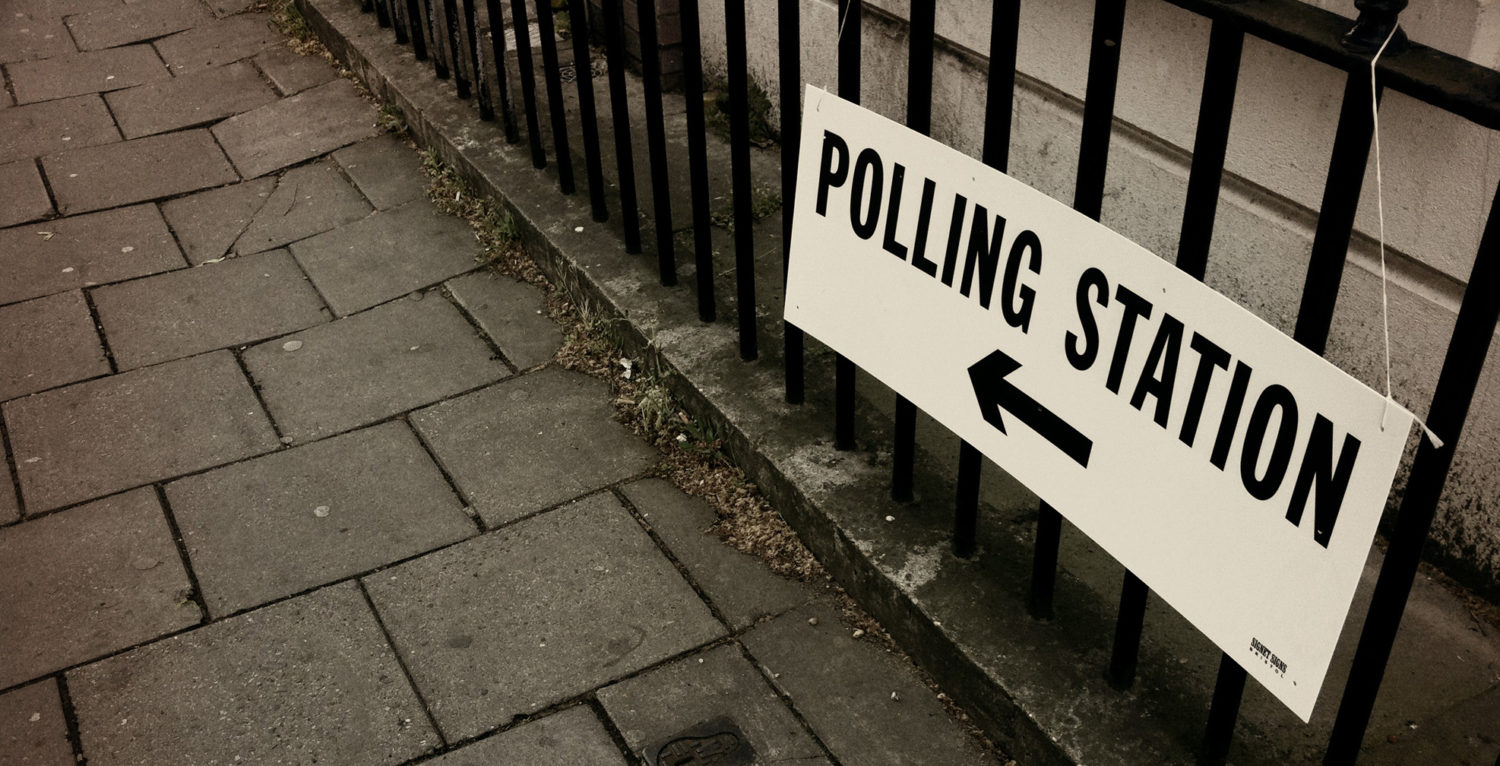No overall control
Given the results of the local elections, and coming on top of last year’s general election, England is now a nation with no overall control, writes Alistair Clark.
The backdrop to the 2018 English local elections was remarkable. Amazingly, just a couple of days before the local elections, around 60 Brexiteers threatened to bring their Conservative government down over Brexit and a/the customs union. A major scandal over the effects of the Home Office’s hostile environment on people legally in the UK, including the Windrush generation but also others, saw the resignation of the Home Secretary, Amber Rudd, and her predecessor Theresa May implicated in the fallout. Amid numerous other policy fiascos – on breast cancer screening for instance – this was hardly a government that looked either competent, or likely to be doing anything other than minimising losses. In contrast, Labour had been embroiled in ongoing rows about anti-semitism in the party. The Liberal Democrats were not perceived to be making much headway.
The 2018 English local elections were a messy patchwork of contests. 150 councils, among them 30 metropolitan boroughs, 17 unitary and 67 district councils, were holding elections. Some councils, such as Newcastle-upon-Tyne and Birmingham, were holding all-out elections. Others were electing councillors by halves or by thirds. Mayoral positions in Hackney, Newham, Lewisham, Tower Hamlets and Watford were up for grabs, while Labour MP Dan Jarvis contested the new Sheffield City region mayoralty. London was expected to be key in determining the outcome as all 32 London borough councils were also at stake, electing over 1,800 councillors.
Counting proceeded overnight in some councils, and during Friday in others. When the results were eventually aggregated, they indicated a national stalemate between the two largest parties. Both Labour and the Conservatives recorded a projected national share of 35 per cent, the Liberal Democrats on 16 per cent and Others on 14 per cent. Both Labour and Conservatives had increased their share on the last time these councils had been contested in 2014 by 4 per cent for Labour and 6 per cent for the Conservatives, while the Lib Dem share had risen by 3 per cent. The share for Others fell by 13 per cent. With all 150 councils having declared, Labour gained an additional 77 council seats, the Liberal Democrats 75, and the Greens 8. The Conservatives lost 33 seats, Ukip lost 123 and the number of Others fell by four. The Conservatives lost control of two councils, while the Liberal Democrats took control of four.
It will take time for a fuller picture to emerge, but the national picture obscured what was a patchwork of local competitions, successes and failures. Labour did well in some areas in London, allowing it to claim that it had been the party’s best result in London since 1971. Yet, Labour failed to win a target council, Barnet, amid accusations that the anti-semitism row had damaged the party’s hopes there. It fell to the Conservatives. Labour however took Tower Hamlets back from no overall control (NOC), and won Plymouth and Kirklees. More problematically, Labour lost both Derby and Nuneaton and Bedworth, an archetypal bellweather area, to NOC. An electoral pact between the Liberal Democrats and Greens saw the Lib Dems gain control of Richmond-upon-Thames. They also gained Kingston upon Thames and South Cambridgeshire from the Conservatives and Three Rivers from NOC. The Conservatives lost control of two councils.
What decided it? Local elections are often seen through the lens of national issues, although losing parties often claim that results were based on specifically local factors. We can tell nothing about individual voting decisions in local elections since the data required to do so do not exist. At the aggregate level however some patterns were evident. Longer term demographic change had led to the idea that cities were more open, increasingly liberal to social change, while smaller towns were ‘left behind’ by the process of globalisation. This feeds through into election results. Labour, as evidenced by its difficulties in Derby and Nuneaton, is clearly in difficulty in towns which may once have voted for it. The Conservatives, with their ongoing obsessions with immigration control and noisy high-profile Brexiteers, are finding cities difficult to make much headway in. Neither party can ultimately make a breakthrough without extending their appeal into areas where they struggle – towns for Labour, cities for the Conservatives.
Brexit trends can also be discerned. The Conservative party appeared to do better in areas which had voted leave in the 2016 EU referendum, with the Conservatives appearing to have benefited most in formerly Ukip-voting areas. In many areas surrounding London, a longer term issue is likely to dent Conservative prospects. The Election Data website has noted that in these remain voting areas, many relatively well-off individuals are starting to desert the Conservatives in part over their hard Brexit stance. This appeared to be borne out by the advance of the Liberal Democrats in these council elections, winning in Richmond, Kingston and Cambridge for example. Barnet notwithstanding, Labour clearly did well in remain voting London as a whole. But ambiguity over the party’s position remains evident, holding councils like Birmingham (Leave, just), but also historically rock solid Labour areas like Newcastle (Remain, just), and Sunderland (Leave).
The local elections saw the trial of voter identification in five councils (Bromley, Woking, Swindon, Gosport and Watford). The Electoral Commission has long argued for voter ID, in keeping with practice in Northern Ireland. The Conservative government piloted this measure after a long campaign claiming that it would reduce the virtually non-existent problem of impersonation in polling stations. To advocates, this would reduce electoral fraud; to opponents, it was vote suppression. The Electoral Commission’s evaluation of these pilots reports during the summer. An observation mission by Democracy Volunteers and extrapolation by the Electoral Reform Society, suggested that 3,981 people may have been turned away from polling stations because they did not have the requisite ID. The fallout from this will be worth watching as it would be a significant change to the British electoral system were this to be extended more widely.
For all the heat and fury of claims after the result was known, the largest group of voters were ultimately those that chose to stay at home. Turnout figures will take time to be estimated. But it is likely that they will vary between 30-40 per cent, depending on council. Whatever the narrative of winners and losers, this means that around 60 per cent of voters chose not to vote in an important round of elections. This is likely to have an effect on the direction of the result in a future general election if those voters turnout.
Parties, of all stripes, need to reflect on what they can do to enthuse voters about local democracy. Widespread one-party domination of many councils does not help, nor often lacklustre local campaigns. And austerity has placed local government in a financial straightjacket. The role of local government, especially since the constitutional settlement has been up-ended by Brexit, needs rethought. The current devolving moves are a process of scaling power away from, rather than downwards to, local people.
If there’s one thing that the national political scene can learn from local politics however it is that no overall control is often a very real problem to be negotiated in councils. Given the results of the local elections, and coming on top of last year’s general election, England is now a nation with no overall control more generally, a stalemate with no major party able to make a breakthrough.

